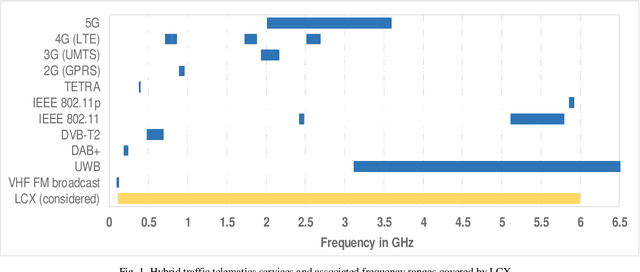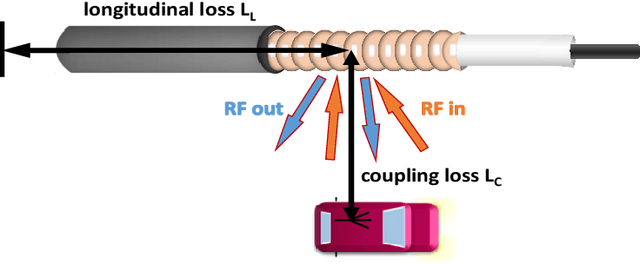An empirical study on V2X radio coverage using leaky coaxial cables in road crash barriers
Paper and Code
Dec 08, 2021



For current and future automated driving functions, the radio availability of broadband hybrid networking services (e.g. digital broadcasting, mobile radio, dedicated short range communication) is a prerequisite for continuous V2X information exchange. The supply focus for this is explicitly the road route with its lanes. The application of antenna-based solutions for such longitudinal radio cells with hybrid telematics services is expensive from the installation point of view and can only be adapted to new future telematics standards with great effort. A more suitable solution for such longitudinally shaped radio cells for road routes are leaky coaxial cables (LCX), which are already successfully used for tunnel solutions, for example. The paper discusses the installation and radio implementation of broadband LCX solutions (up to 6 GHz) in terms of simulation and surveying. The integration of the LCX into the crash barrier is favored due to low installation effort and easy upgradeability. An installation was realized on an automotive test fields, where preliminary empirical results for radio simulation and coverage were obtained. Based on the simulations and evaluation measurements, it can be shown that the propagated coverage approach is sustainable over all radiated services. Further solution approaches such as the direct insertion of LCX into the roadway and the derivation of vehicle location information are discussed in the outlook of the paper.
 Add to Chrome
Add to Chrome Add to Firefox
Add to Firefox Add to Edge
Add to Edge